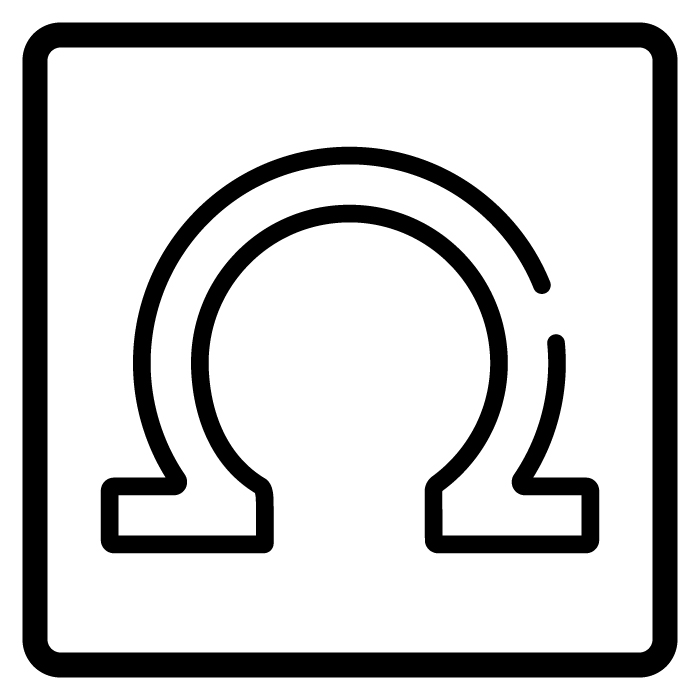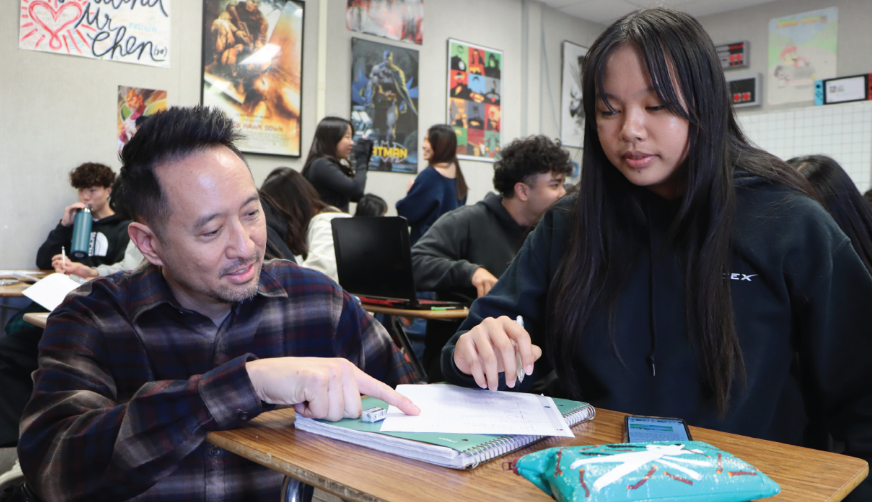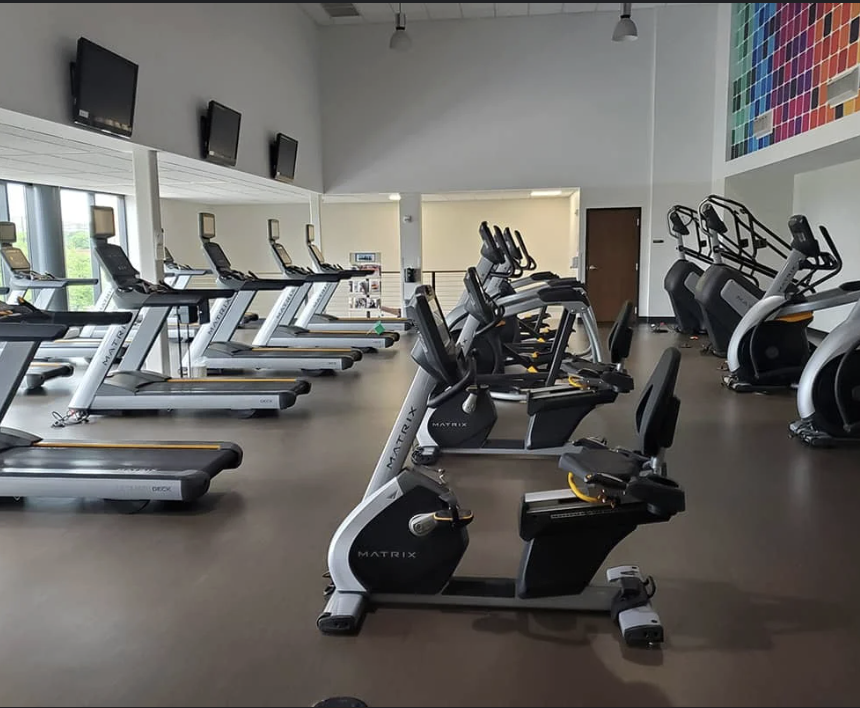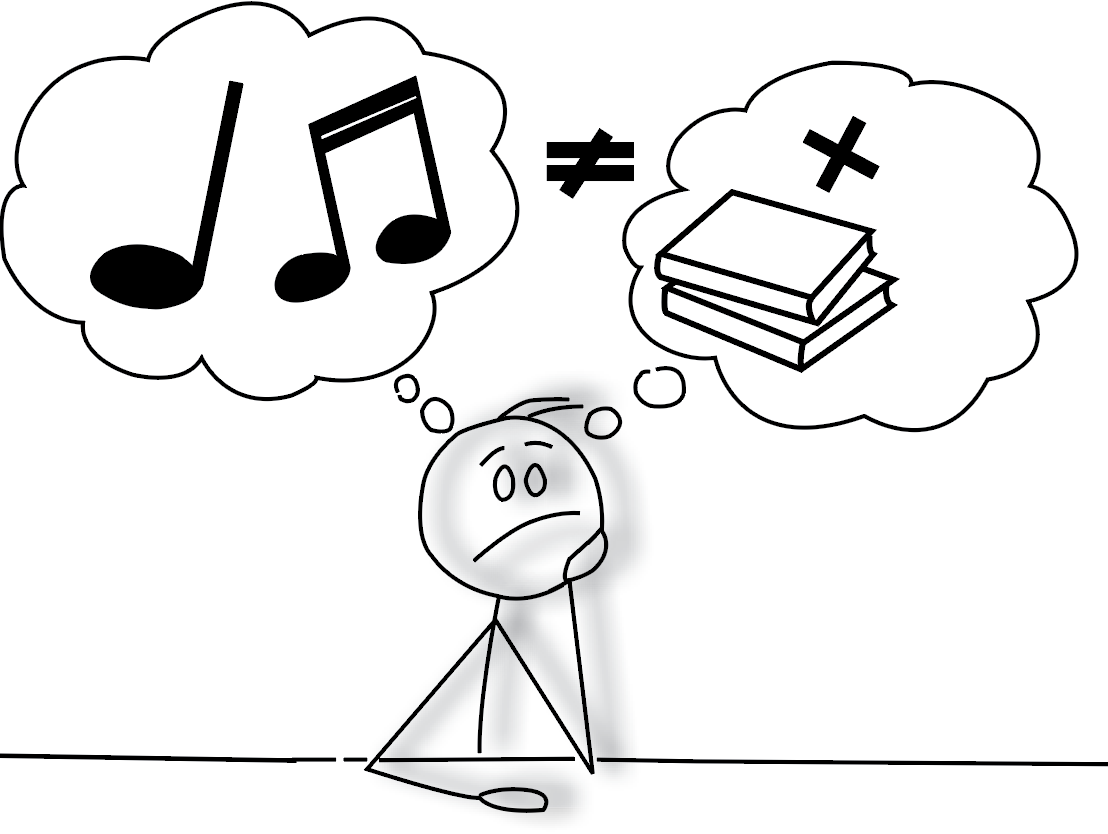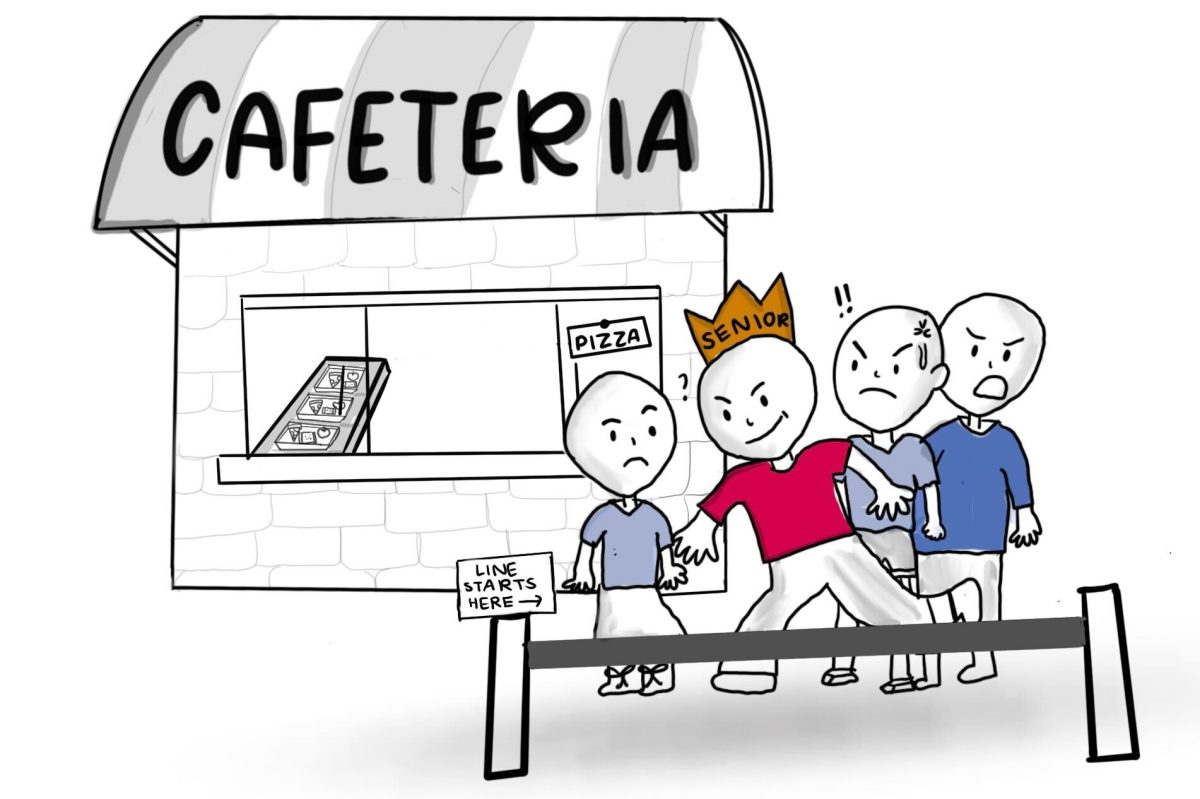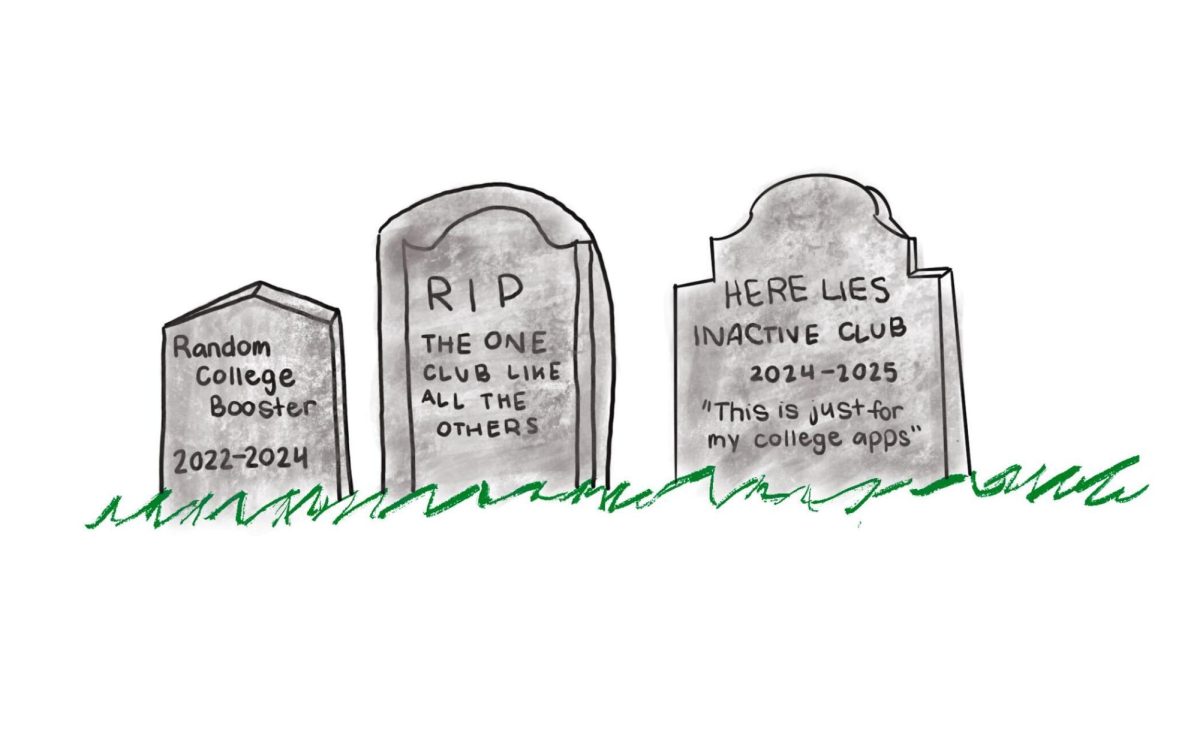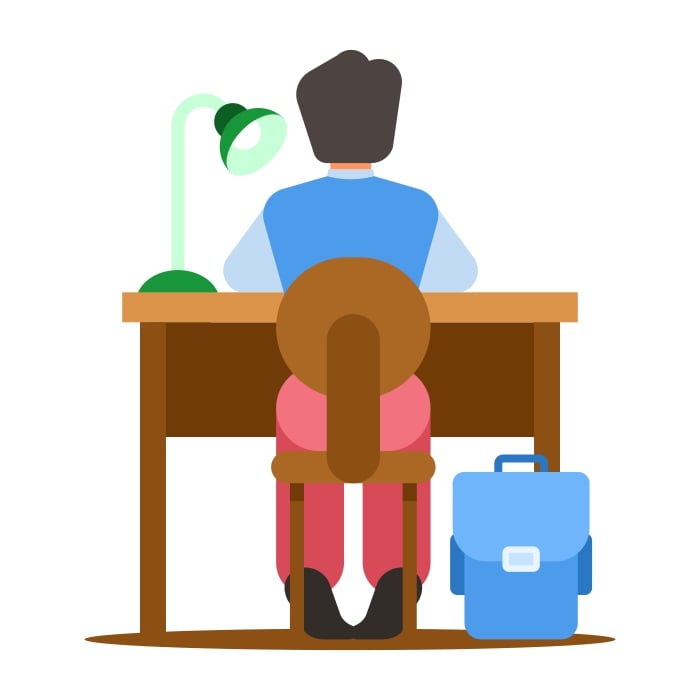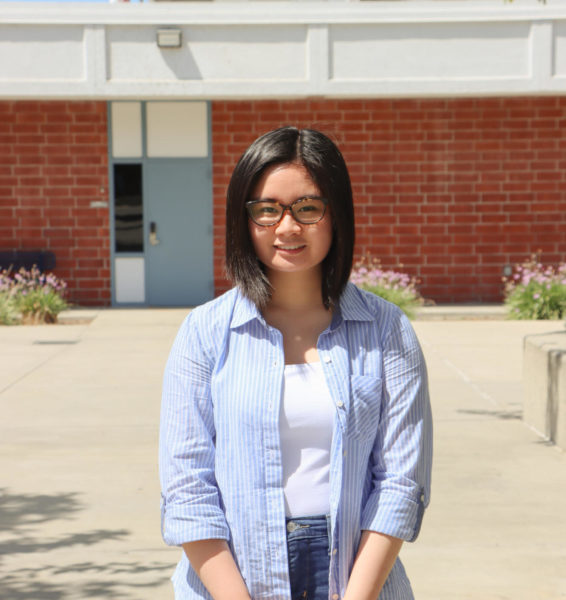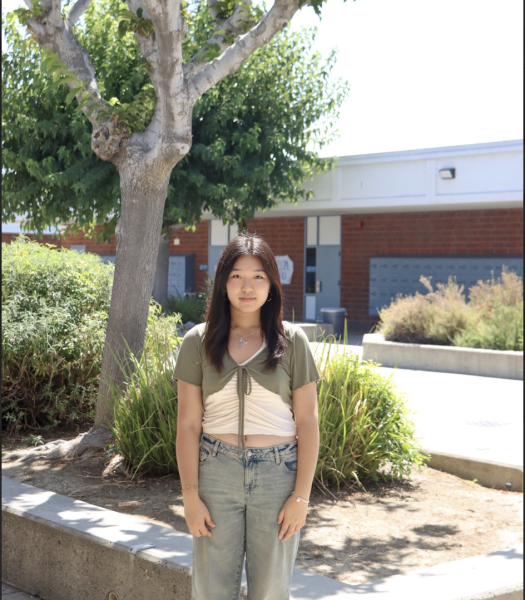Since 2000, 15-year-old students across the globe have taken the Program for International Student Assessment, a standardized exam that tests aptitude in math, reading and science every three years. Time and time again, the U.S. has fallen short of its purported investments in education — which entailed billions of dollars in funding — standing in 22nd place in student performance.
During the inaugural examination, Finland emerged as the top-ranking nation, consistently remaining one of the highest performers. Estonia did the same over a decade later. However, these two countries seemed like unlikely victors against larger and wealthier countries, like the United States or Britain. Curious to see what distinguished these small European countries’ education systems from the rest of the world, experts began their search to discover the instruction methodology behind their success, and they found that the commonality was having students under the same teacher twice in separate grades.
According to a survey of 70 students, 70% of students at WHS have been under the same teacher in an academic subject or elective for two or more years during their high school career. 82.9%
agreed strongly or somewhat that the “looping” system has been beneficial to their learning experience.
Junior Diego Jackson found that being with the same teacher had mutual benefits for both the student and educator. “You learn what is needed of each other. You, as the student, may learn what your expectations are, and the teacher may learn what you are able to do,” Jackson said. “You can better understand your progress in the class, and you develop a level of trust with the teacher.”
Looping isn’t a new or revolutionary practice — in sports, students typically stay with the same coach over a number of years. The value of having the same instructor has already been realized in sports, and given that teachers are the most important coaches in a student’s life, looping should be practiced more frequently in education.
Every student has the potential to succeed, and when teachers are able to remain with their students over two or more years, they get to know them on a much deeper level both academically and personally. And in contrast to most educational reform efforts, looping does not require any funding at all.
Educators are able to grasp a firmer understanding of the students’ abilities and challenges, giving them ample opportunity to customize their instructional approach to guide all students in reaching their full potential. Teachers are able to appreciate the growth of their students, not simply in terms of the climaxes of their performance, but also the challenges they have surpassed. This deep and nuanced understanding teachers gain about each of their students during their formative years is invaluable and can be applied in the future.
The most prosperous education systems promote a culture of opportunity for all students. It’s time the U.S. does the same by making strides in educational reform, and the first step might just be implementing the looping system.
